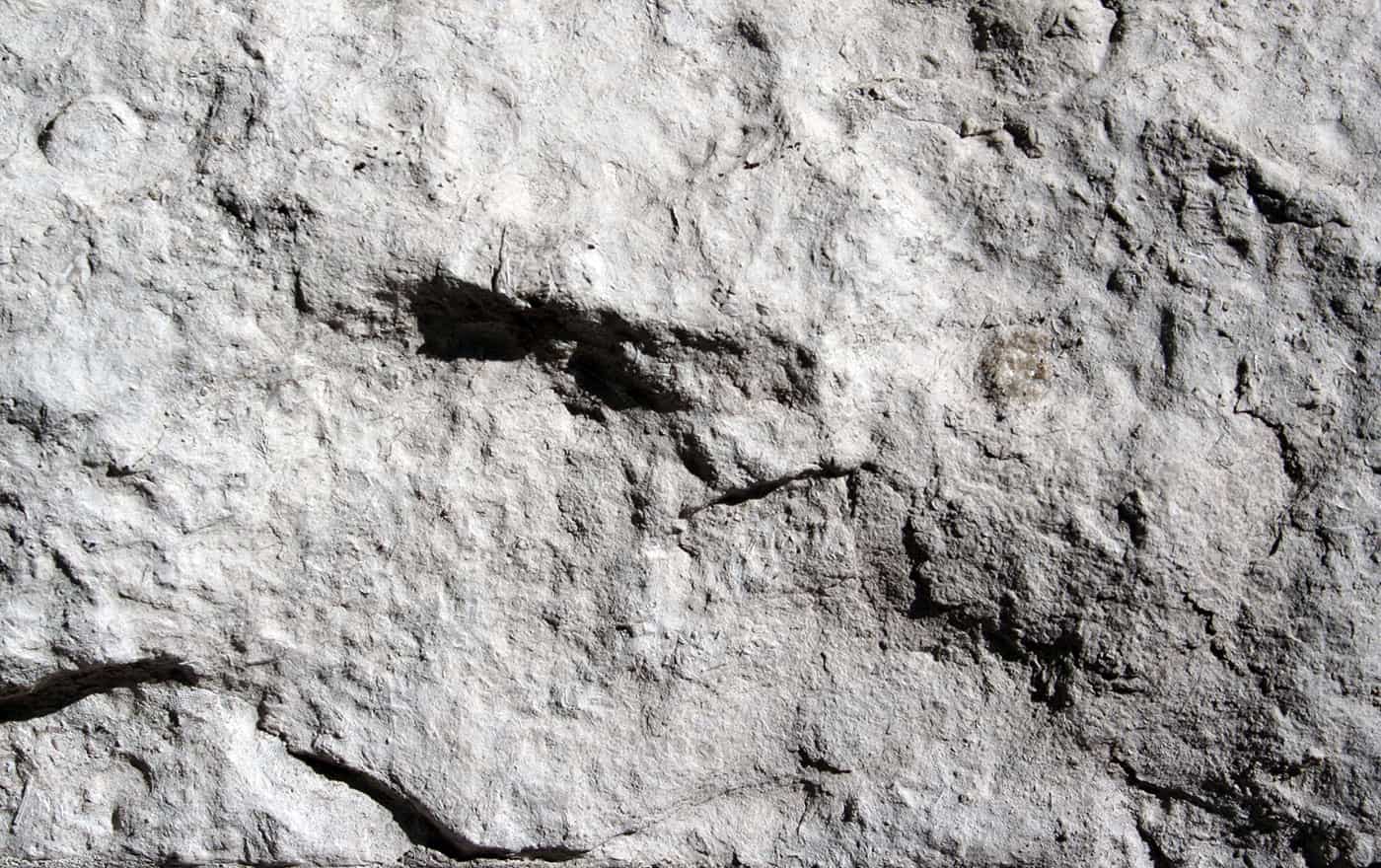Some companies have recently started to use a new kind of neoprene when manufacturing their wetsuits. This new material is rather than being made out of oil like traditional neoprene, made from limestone. It was developed by Japanese manufacturer Yamamoto.
Wetsuit companies have been talking quietly about using limestone based neoprene, but it has not been adopted by many, likely because of the higher price of the material and the fact that most people believe the current materials used for wetsuits are working just fine. Consumers and companies alike often like to hold on to old ways of doing things until they are forced to change. Take Clark Foam for example. Modern surfboard manufacturing materials and techniques were around for years before they came into full use, and it would have taken even more time if Clark Foam hadn’t closed down.

To my knowledge at the moment there are only a couple of companies that are making wetsuits using this new product and they are Matuse, Patagonia and West wetsuits. Wet suits can be created using 100% limestone based neoprene or a blend of both limestone and oil based neoprene.
What’s Up with Limestone Neoprene?
You might be asking why anyone would want to use the new material to make a wetsuit when it is more expensive. That’s really the $10,000 question, and there are two main important answers to consider.
- 98% Water Impermeable – neoprene made from limestone, is 98% water impermeable! This is a huge improvement over petroleum-based neoprene which is only 65% water impermeable.
- Low Water Absorption – Normal wetsuits absorb significantly more water than those made with the new material. If you jump in the water with an old neoprene wetsuit, when you get out you’ll notice that the suit is much heavier. This is because of all the water that it absorbs. Limestone neoprene suits absorb almost no water at all and will be noticeably lighter after getting out of the water.
What Makes Limestone Based Neoprene Superior?
On a scientific level the biggest benefit is the independent closed microcell structure that is found in limestone neoprene. Simply put, neoprene is constructed with millions of microscopic bubbles (the microcells) which are filled with either air or nitrogen gas. These bubbles make up the basic insulation of neoprene, and many of these tiny cells are connected to each other in a way that if only a few of them break the insulation of the surrounding area can be reduced.
The new material, however, is designed in a way that has every cell completely independent of the others. In the event of one cell being damaged, it will have no affect on the others which means there is no reduction in the insulation. Even if you scratch the suit, damaging multiple cells, cells underneath will still function properly.
Limestone wetsuits have an additional advantage in how they are made. The microscopic bubbles in them are filled with Nitrogen gas rather than normal air. This results in a better insulator so you will be kept warmer, the suit will be lighter and your flexibility is almost like you’re not wearing a wetsuit at all! All of these unique properties allow you to wear a wetsuit that is thinner than you normally could while still remaining nice and warm.
True Flexibility
Limestone neoprene has a maximum elongation of 480-530%, which is greater than that found in human skin. In fact, even at the greatest elongation point on the human body, the armpit, it is only 60-70%. This means you’ll be able to move freely while in this type of wetsuit and you won’t ever feel constricted.
Limestone VS. Petroleum – Environmentally Friendly Options
In today’s modern push for everything being more environmentally friendly or ‘green’ you simply can’t beat the benefits of using limestone over traditional neoprene. While it does seem clear at first glance that using a limestone based material is better than using a petroleum based material, it is important to take a step back and look at the entire process. In many cases things that are seemingly environmentally friendly, such as electric cars, are really much more questionable when you factor in all the harm done to the environment in the creation of their batteries.

So, let’s take a look at a few facts to help decide whether or not limestone is truly more ‘green’ than oil.
- Limestone based neoprene is created from limestone which is found naturally throughout the world. There are enough limestone reserves to last an estimated 3,000 years based on current data.
- Neoprene is petroleum based, meaning it is made from oil. While the estimated amount of oil within the earth is constantly being debated, nobody believes there is 3,000 years worth. Reducing the dependency on this oil is a good idea.
- Limestone must be mined from the Earth, transported to be crushed and then heated to over 3600 degrees. The heat required for limestone is about twice that which is required for petroleum.
- Accidental spills can happen when transporting either limestone or oil, but everyone knows an oil spill can be disastrous. If limestone is spilled it is a simple process of just picking it up.
- Chloroprene’s are produced during the manufacturing process of both neoprene and geoprene. The type and amount of these are the same for both products so there is no benefit to either one in this area.
With these facts in mind it is easy to see three main points which stand out as valid reasons why limestone based material is environmentally better than neoprene.
- Lowers the amount of oil being used
- You can get the same warmth out of a thinner suit which means fewer resources will be used in the creation of each suit.
- The increased durability of the new material means that they will last longer and fewer of them will be made, also reducing the total amount of resources being used.
Improved Durability
There has been a lot written on the improved durability of limestone based neoprene including comments from Matuse commenting to the effect that, “geoprene has ‘spherical carbon black’ in addition to the ‘regular carbon black’. This disperses all the force loads including stretch, elongation, pressure and compression much more efficiently. It also has a ‘FE Polymer’ which prevents the self-curing and aging which often affects other foam rubber compounds”.
While that might sound like a lot of technical nonsense to most people, it basically it means that a wetsuit made from geoprene (which is Matuse trademark name for limestone based neoprene) will last significantly longer than one created from neoprene.


Cheer Wetsuits in South Australia also make Limestone wetsuits